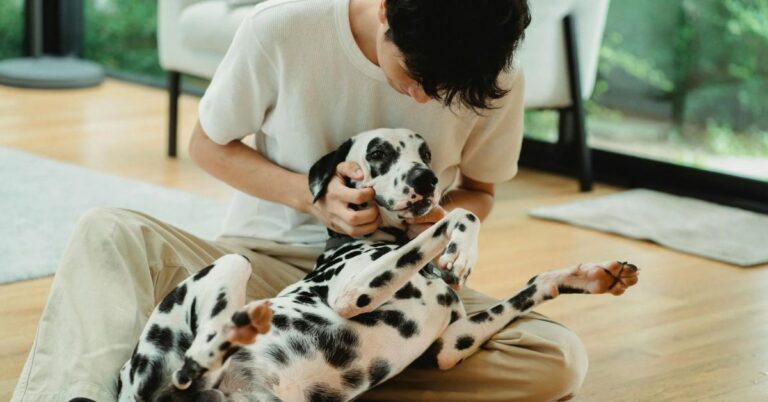30 Ways Dogs Show They’re Unhappy
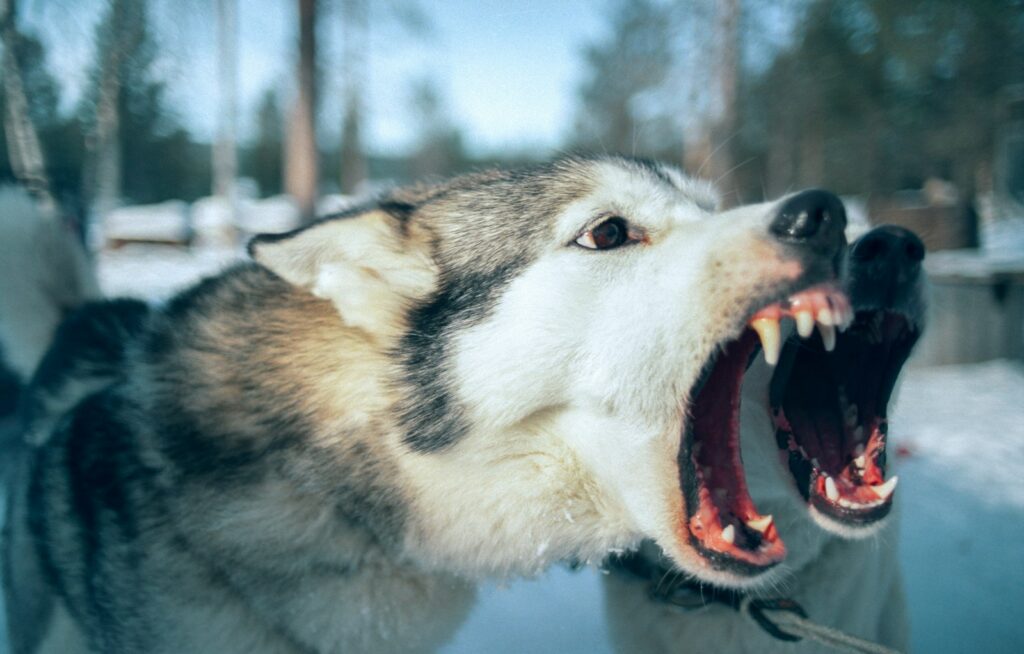
Dogs may not speak our language, but they’re constantly communicating through their body language, behavior, and energy. When a dog is unhappy, the signs can be subtle or surprising, and often mistaken for stubbornness or bad manners. Learning to spot these signals early can help you address the root cause and improve your dog’s well-being. Here are 30 ways dogs show they’re unhappy.
Loss of Appetite

A sudden drop in appetite is one of the clearest signs something is off emotionally or physically. If your dog usually races to the food bowl but now sniffs and walks away, you’re right to be concerned. Emotional distress, anxiety, depression, or a change in environment can all dull a dog’s desire to eat. Just like humans who lose their appetite when feeling down, dogs often mirror that withdrawal.
Excessive Sleeping

While dogs are known for loving naps, there’s a big difference between healthy rest and disengaged sleep. If your dog is sleeping far more than usual, especially during times when they used to be active, it can signal emotional exhaustion. An unhappy dog might sleep as a way to escape stimulation or avoid engaging with their surroundings.
Destructive Behavior

When dogs are stressed or emotionally neglected, they may turn to destruction as a coping mechanism. Chewing furniture, scratching at doors, or tearing up household items is often their way of expressing inner turmoil. While it’s easy to chalk it up to boredom or poor training, the root cause is often deeper. A dog who feels ignored, under-stimulated, or anxious may act out to release tension or get your attention.
Avoiding Eye Contact
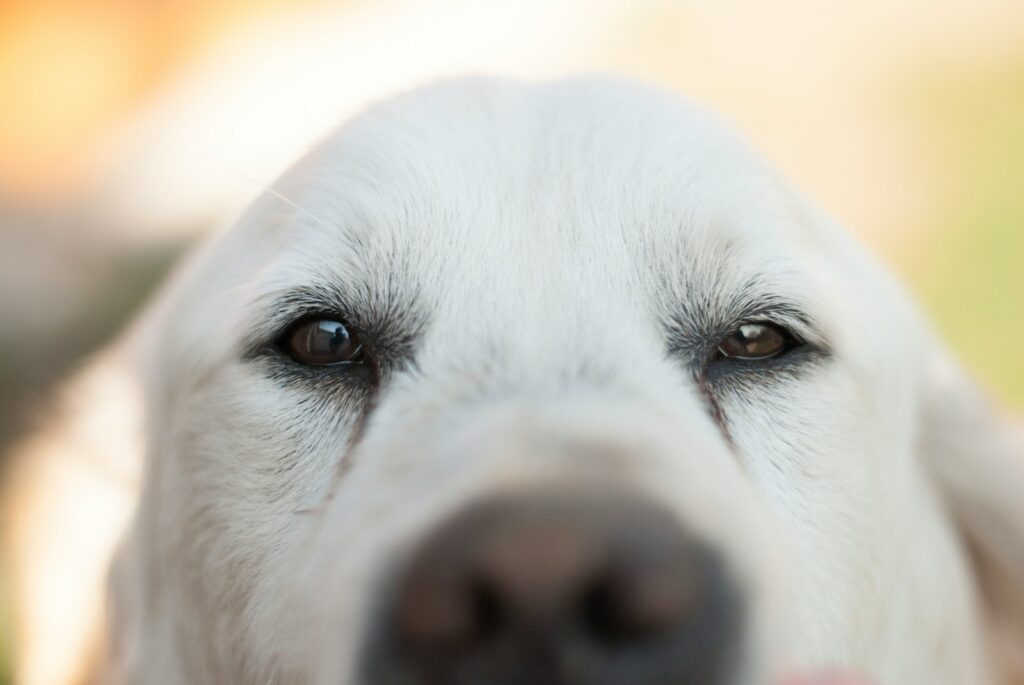
Eye contact is a deep form of connection for dogs. When a dog avoids looking into your eyes, especially when they used to, it’s a sign something has shifted. This change can stem from fear, guilt, sadness, or even a loss of trust. If they flinch, turn away, or keep their head down during interactions, they may be feeling emotionally unsafe. This withdrawal can be caused by past scolding, neglect, or simply an internal change in how they perceive the relationship.
Hiding or Isolating Themselves

Dogs are naturally social and seek comfort in being near their humans. When a once-sociable dog starts hiding under beds, behind furniture, or avoiding contact altogether, it’s a sign they’re emotionally shutting down. This self-isolation can happen after trauma, big life changes, or ongoing stress. It’s a defense mechanism—your dog is protecting themselves from what they perceive as emotional harm.
Sudden Aggression
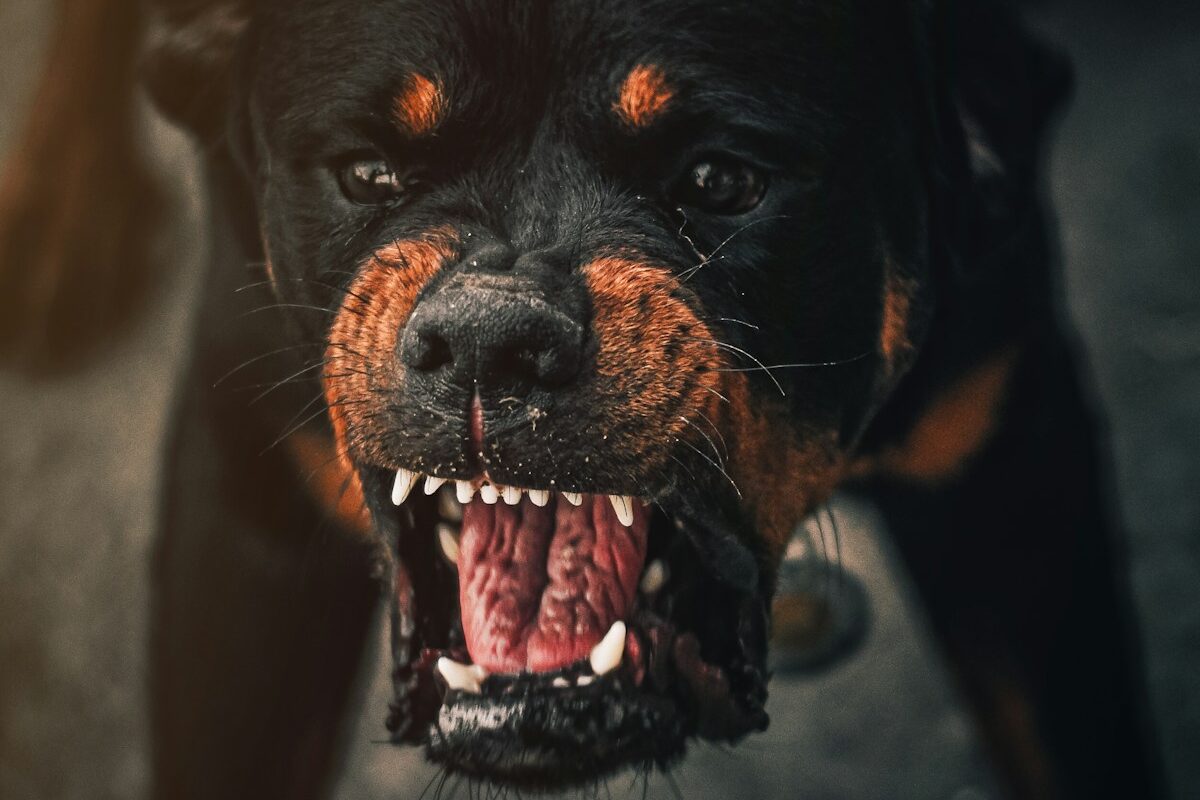
Aggression in dogs doesn’t always stem from dominance or fear. It can also be rooted in emotional pain or confusion. A dog who suddenly starts growling, snapping, or guarding their space may be experiencing a shift in emotional security. It’s often their way of setting boundaries when they feel overwhelmed, unsupported, or vulnerable. This is especially true if the aggression arises in familiar settings or around people they trust.
Whining or Whimpering
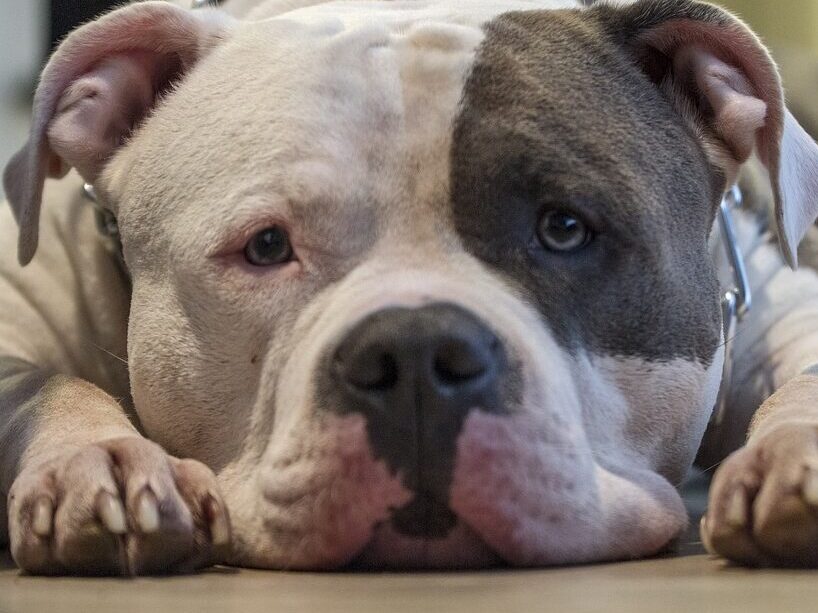
Vocal distress, like whining or whimpering, is a dog’s way of expressing discomfort when they don’t know what else to do. Unlike barking, which can be attention-seeking or protective, whining often stems from emotional unease. Your dog might whine when they’re left alone, when they’re unsure about a situation, or even in your presence if they feel unsettled.
Loss of Interest in Play

Dogs thrive on play—it’s how they express joy, bond with their humans, and burn off energy. When your dog stops engaging with their toys, ignores games they once loved, or walks away mid-fetch, it could point to emotional exhaustion or sadness. This disinterest may resemble aging or fatigue, but if it comes on suddenly, something deeper may be at play. Dogs who are depressed often lack the motivation to play because they don’t find the same joy in activities.
Trembling or Shaking

If your dog is trembling in non-threatening, warm environments, it’s not just a physical reaction—it can be emotional. Trembling caused by fear, anxiety, or deep emotional discomfort is a clear distress signal. Dogs may shake during thunderstorms, vet visits, or after being scolded—but if it’s happening regularly at home, they may be overwhelmed or unhappy. This type of body language often goes unnoticed or is mistaken for coldness or weakness.
Excessive Licking or Chewing Themselves

Self-soothing behaviors like licking paws or chewing on limbs are often dismissed as grooming. But when it becomes obsessive or causes sores, it’s usually a sign of emotional distress. Dogs may lick themselves repetitively when they’re anxious, bored, or feeling insecure. It’s their way of managing stress when they can’t express their feelings verbally. This behavior is especially common in dogs left alone for long periods or exposed to unstable environments.
Tail Always Tucked
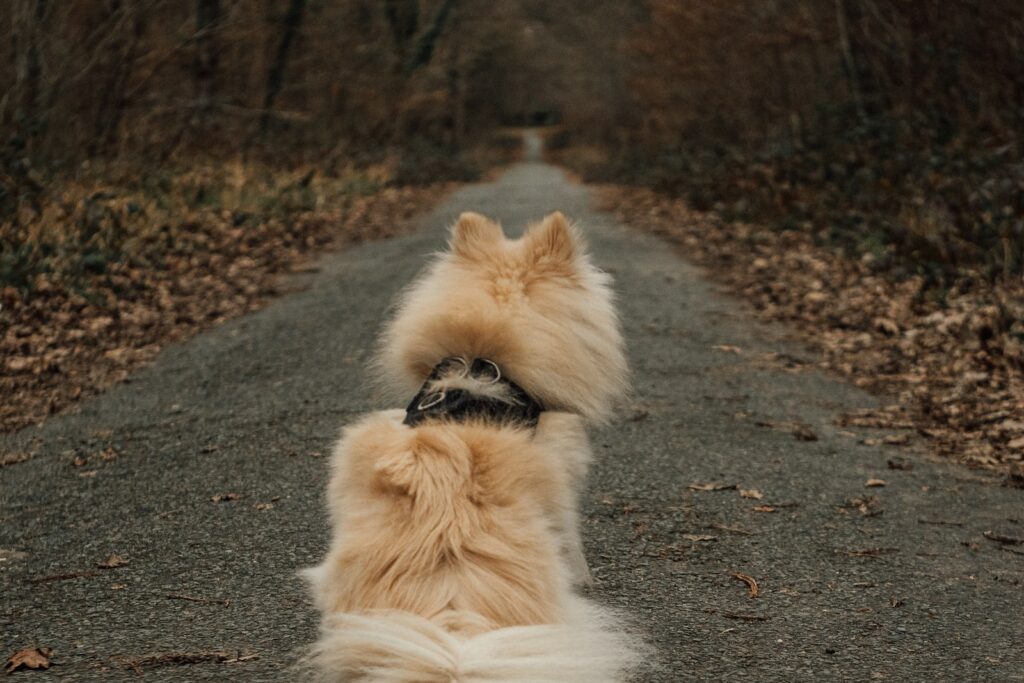
A dog’s tail is a clear emotional barometer. When it’s consistently tucked low or between the legs, especially in otherwise safe or familiar environments, that’s a sign of fear, insecurity, or emotional distress. This position indicates submission or discomfort. It’s the dog’s way of making themselves small and non-threatening. If your dog used to carry their tail high and wag with excitement but now consistently tucks it, something in their environment or emotional state is making them uneasy.
Avoiding Touch

Affection is a big part of the bond between dogs and humans. If your dog begins pulling away from petting, flinches when touched, or avoids being held altogether, it’s likely they’re experiencing emotional discomfort. This is especially concerning if they were once cuddly and eager for physical contact. Dogs may avoid touch due to stress, trauma, illness, or even grief.
Excessive Barking

Some barking is normal—it’s how dogs communicate. But excessive barking, especially when it seems purposeless or constant, often stems from emotional imbalance. An unhappy dog may bark at every sound, movement, or even nothing at all. It’s often a cry for help or a release of pent-up anxiety.
Change in Bathroom Habits

House-trained dogs don’t usually forget their training without a reason. If your dog starts urinating indoors, defecating in unusual places, or showing signs of incontinence, it could be more than a medical issue—it might be emotional. Dogs under stress can lose control, regress in behavior, or express anxiety through changes in bathroom routines. This is especially common after big changes, like a move, a new pet, or a prolonged absence of the owner.
Hyper-Attachment or Clinginess
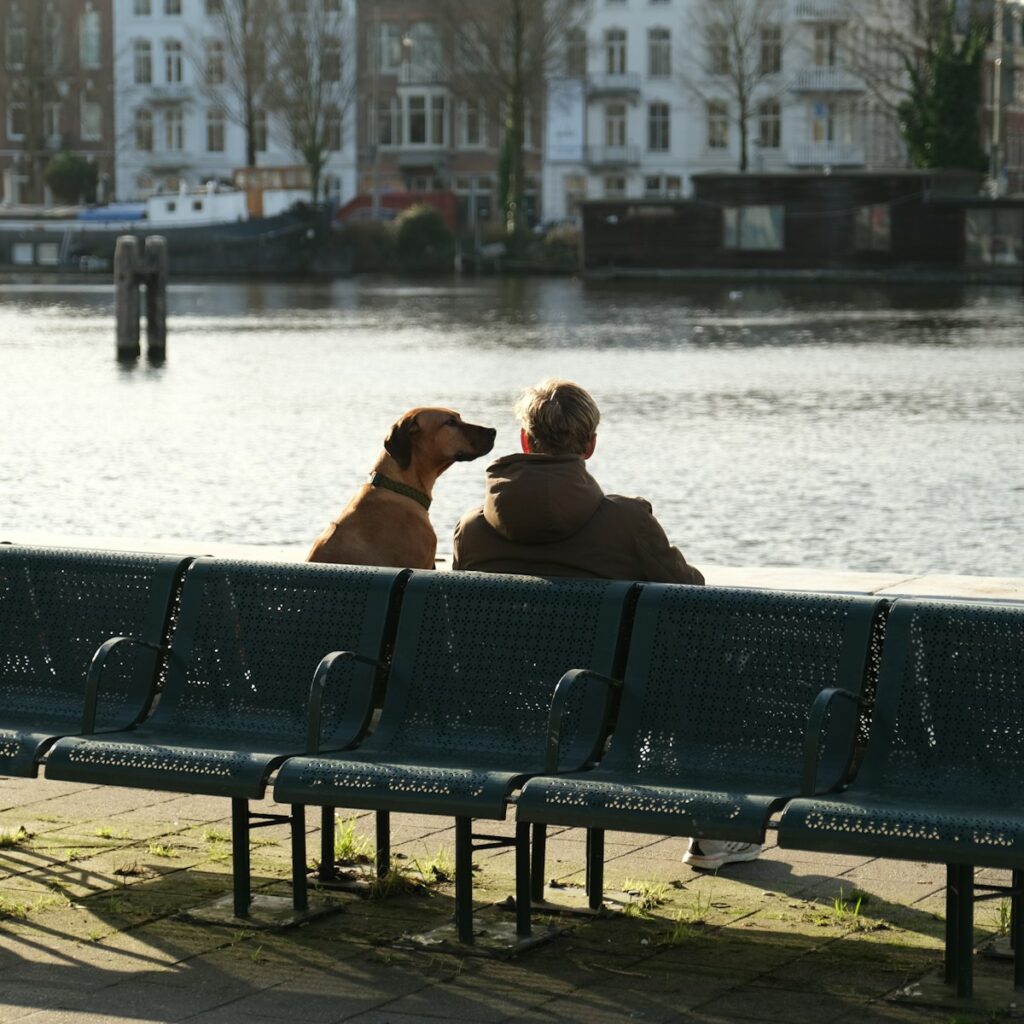
An unhappy dog doesn’t always retreat—some become overly attached. If your dog suddenly becomes clingy, follows you from room to room, or shows distress when you leave their sight, it may be more than love—it’s insecurity. Dogs struggling emotionally often seek reassurance through proximity. It may feel sweet at first, but it can also signal that they’re anxious, fearful, or uncertain. This type of attachment often appears when a dog’s routine changes or they feel abandoned or ignored.
Staring Into Space

If your dog is spending time staring at walls, out windows with a blank gaze, or just zoning out entirely, it could be a sign of emotional withdrawal. While occasional daydreaming is normal, frequent staring without engagement may mean they’re mentally checking out. This is especially true if they seem unresponsive to sounds or movement around them. Dogs can experience depression just like people, and one of the ways it manifests is through disinterest in their surroundings.
Flattened Ears

Ears are a highly expressive part of a dog’s body language. Flattened ears, especially when held back tightly against the head, signal submission, fear, or sadness. This posture, if sustained over time or triggered by normal interactions, can indicate your dog is feeling vulnerable or distressed. Some breeds naturally carry their ears lower, but if this is a new or exaggerated change, take note. Combine this with other signs like tail tucking or avoiding contact, and it’s a strong indicator your dog is unhappy.
Pacing or Restlessness

A dog that paces constantly, circles a room, or seems unable to lie down or relax may be suffering from anxiety or emotional stress. Pacing is a coping behavior, like a human tapping their foot or biting their nails. Dogs do it when they’re nervous, unsure, or overwhelmed. It can be especially common in shelter dogs or pets that have experienced trauma. If your dog can’t seem to settle, even in their favorite spots, it may be a cry for help. Try identifying and removing stressors while offering calm reassurance.
Sudden Sensitivity to Noise

If your dog suddenly jumps at every little sound, it could point to emotional instability. Dogs experiencing anxiety or emotional distress become hyper-alert, even in quiet settings. This constant state of alertness wears on them and can make normal daily life stressful. A previously calm dog who now trembles at fireworks or panics during thunderstorms may need extra comfort and security.
Lack of Excitement When You Come Home

One of the best parts of being a dog parent is the joyful welcome when you return. If your dog no longer greets you at the door, wags their tail, or shows enthusiasm after your absence, it can be heartbreaking—and revealing. This lack of response isn’t always due to age or tiredness. Often, it reflects a loss of emotional spark. Dogs who are feeling down may not muster the energy or joy to show affection.
Weight Loss or Weight Gain

When your dog’s weight changes suddenly without a medical explanation, it could be a sign of emotional distress. Just like humans, dogs may eat less when they’re anxious, depressed, or grieving. On the other hand, some overeat when bored or seeking comfort, especially if food is their only stimulation. If treats become their only source of joy, weight gain can follow.
Refusing to Go for Walks

Most dogs perk up at the sound of a leash. So, when yours suddenly hides, resists, or drags their paws when it’s time for a walk, that’s a big shift. Dogs that avoid walks might feel fearful of something outside or lack the energy due to emotional withdrawal. So, if your dog doesn’t want to go out, it may mean they’ve lost interest in the world around them, which is often a sign of depression or unease. Always consider both physical and emotional reasons behind this change.
Sudden Aggression Toward Other Dogs

If your typically sociable dog becomes hostile toward other dogs, it might stem from emotional instability rather than dominance. Unhappiness, insecurity, or fear can make a dog reactive, especially in public or unfamiliar settings. They may feel overwhelmed or threatened even when nothing has changed in their routine. If your dog suddenly can’t tolerate being around others, they may be trying to create distance because they’re mentally overloaded.
Losing Interest in Training or Commands

Dogs who stop listening or following commands may not be misbehaving—they may be mentally checked out. A dog that’s emotionally low can lose motivation, focus, and even memory for basic cues they used to follow reliably. Training requires emotional engagement, and if that’s missing, it signals that something deeper is wrong. Re-engaging them through low-pressure interaction, praise, and affection can help restore that bond and rebuild their interest in participating again.
Excessive Drooling or Panting

When dogs pant or drool heavily without heat or exercise, it may signal emotional stress. Panting is a natural response to anxiety, especially in nervous or overstimulated dogs. It’s a physical release of internal pressure. If you notice heavy breathing in calm moments, like during quiet evenings or after a routine event, it’s likely your dog is struggling emotionally. Drooling can also be part of this stress reaction, especially in breeds that don’t typically slobber.
Refusing Treats They Normally Love

Treats are often the highlight of a dog’s day. If your dog refuses their favorite snacks or ignores food rewards during training, that’s more than being picky—it’s a possible sign of depression. A dog who’s checked out emotionally often loses interest in what used to excite them, even high-value items like cheese or jerky.
Excessive Shedding

While all dogs shed, stress-induced shedding tends to be sudden, intense, and out of season. You might notice tufts of fur coming out during grooming or a sharp increase in hair around the house. Emotional distress can cause a dog’s coat to thin or shed abnormally. This reaction is a physiological response to emotional strain, often seen in shelter dogs or those experiencing upheaval.
Constant Yawning Outside of Sleepiness

Yawning isn’t always about being tired. In dogs, repetitive yawning can be a subtle but telling sign of stress or emotional discomfort. It’s a self-soothing behavior dogs use to calm themselves when they feel overwhelmed. You might see it during car rides, vet visits, or even during tense interactions at home. If your dog is yawning repeatedly in situations where they should feel safe, it’s a clue that they’re uneasy or emotionally overburdened.
Regressive Behavior
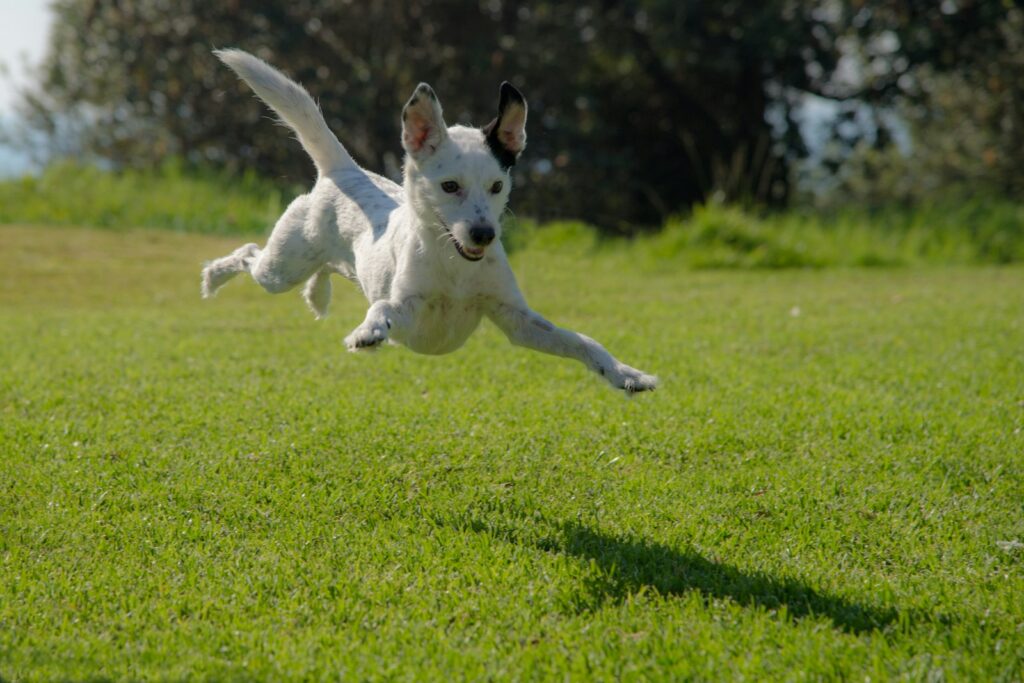
Dogs that suddenly act like puppies again may be showing signs of emotional regression. This is common in dogs dealing with trauma, fear, or major changes in their environment. Regressive behavior is their way of seeking comfort and familiarity when they feel overwhelmed. It’s not immaturity; it’s an emotional fallback to a time when they felt safer.
They Just Seem Off

Sometimes there’s no single behavior that stands out—just a vague sense that your dog isn’t quite themselves. Maybe they’re quieter than usual, less enthusiastic, or their eyes lack the usual sparkle. As their human, you know their rhythm and quirks better than anyone. When that familiar personality feels distant or faded, trust your instincts. Emotional changes are often nuanced and build gradually. Catching these shifts early gives you a chance to address potential issues before they escalate.

